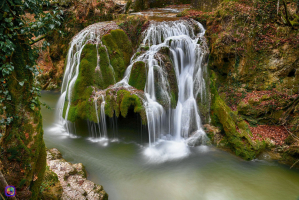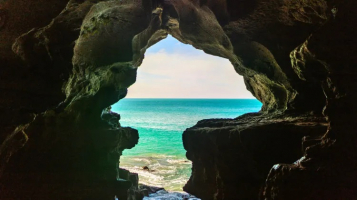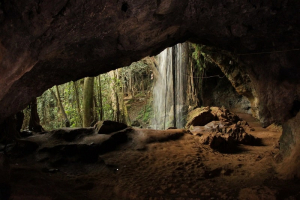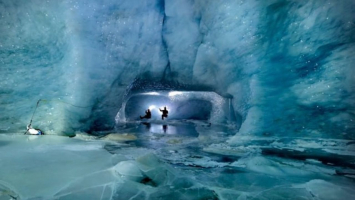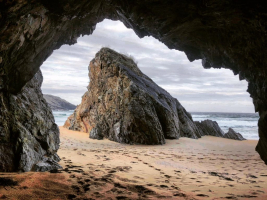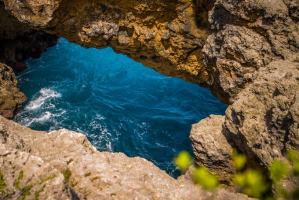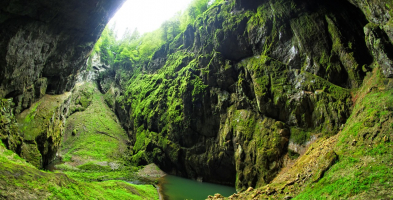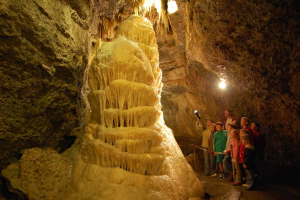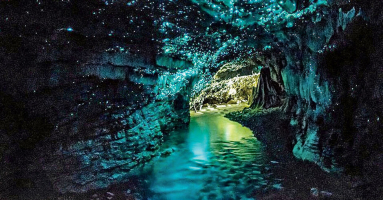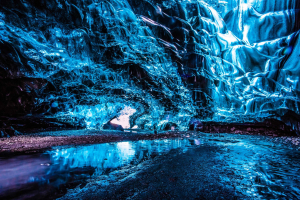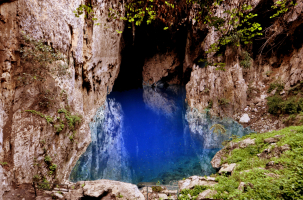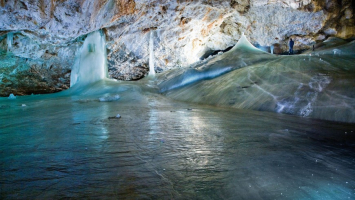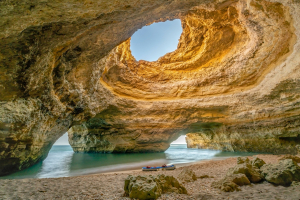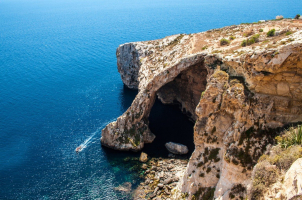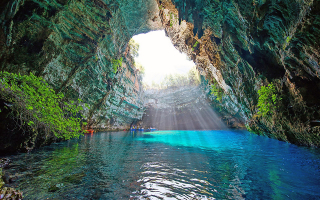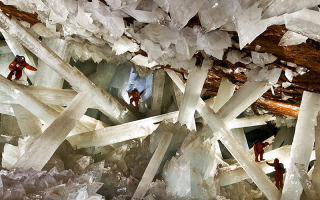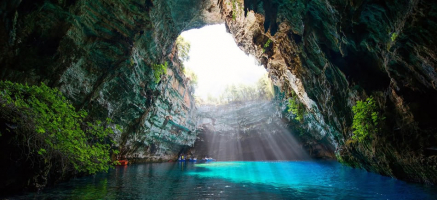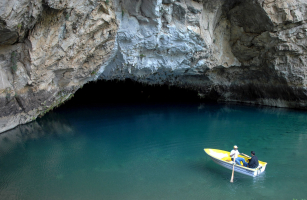Top 7 Most Beautiful Caves In Romania
Romania's natural underground network includes a wide range of caves and narrow corridors, as well as underground lakes and water streams. However, only a ... read more...small portion of them is open to visitors. The ones that are open to the public, on the other hand, give people a glimpse into this incredible world beneath our feet. So, without further ado, here is a list of Romania's most stunning caverns that you can explore during your stay.
-
A local unintentionally found the Bear's Cave in the Apuseni Mountains in 1975, and it was opened to the public five years later. It is likely one of Romania's most well-known caverns. The cave got its name from the numerous cave bear fossils discovered throughout the galleries. This is one of the most beautiful caves in Romania.
But it's the speleothems, which are so unique and come in such a variety of shapes that visitors are just awestruck. The Dwarf's House, the Water Lily Lake, and the Candles Chamber are just a few instances of what the depths have been covertly creating for thousands of years.
Bears' Cave got its name after a group of 140 cave bear skeletons were unearthed there in 1983. Apart from all of these underground wonders, the primary attraction is an entire cave bear skeleton that dates back over 15,000 years. The cave bear, also known as Ursus spelaeus, is a species of bear that went extinct around 27,500 years ago during the Last Glacial Maximum. The Candles Hall, Emil Racovita Hall, Spaghetti Hall, and Bones Hall are among the cave's three galleries and four halls.
Length: 1,500m
Address: Chișcău village, Bihor County, northwestern Romania
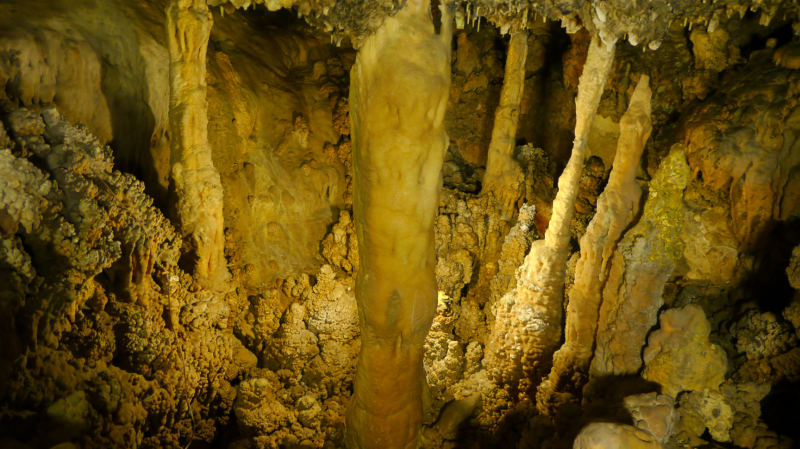
https://transylvaniabeyond.com/ 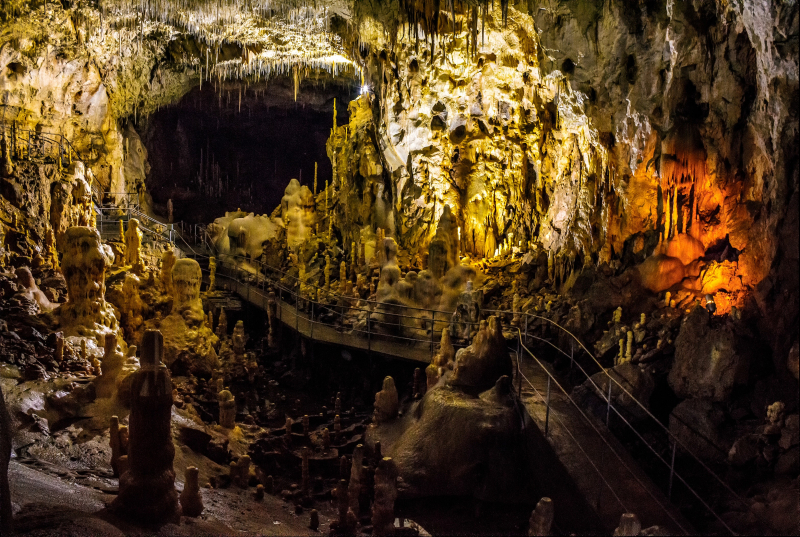
https://www.itinari.com/ -
A perfect one-day excursion destination is located in the heart of the Apuseni Mountains in western Romania. Meziad Cave has been designated as a natural monument. The cave in Bihor County's Meziadului Valley is considered one of Europe's largest. Meziad is the first significant cave in Apuseni Nature Park, accessible via Highway 76 from Oradea. It's roughly 12 kilometers northeast of Beiuş and 3 kilometers from Meziad. The cave has a huge aperture and is divided into three levels, with some quite difficult climbs. Bring a torch, sturdy shoes, and a jacket or pullover (sweater) (flashlight).
Because Meziad Cave is only 40 kilometers from Bear's Cave, both can be visited on the same day. Despite the fact that the Meziad Cave does not have as many limestone formations as the Bear's Cave, it is impressive due to its big and spacious chambers and numerous bat colonies.
Meziad Cave is difficult to reach by public transportation. Take a local minibus from Beiuş to Meziad (four times a day on weekdays only) and hike the final 4km. By car, drive 12 kilometers from Beiuş to the cave, passing via the villages of Remetea and Meziad.
Given the huge halls located there, Meziad Cave resembles an underground medieval church. The cave entrance is large, measuring 16 meters in height and 10 meters in width. The cave is located at 397 meters above sea level and features two karstification levels: a lower one with wide spectacular hallways and an upper one with three distinct regions. The Natural Bridge, where the two floors meet and the cave rises to a height of up to 35 meters, is perhaps the most appealing destination for travelers.
Meziad Cave is a natural site and Romania's only speological reserve. This is due to the fact that a number of exciting discoveries have been made here. The cave bear's remains were discovered here, as well as signs of human occupation, including Bronze Age artifacts. A 6,500-year-old human skull was recently discovered in the cave. Meziad Cave is home to 13 of Romania's 26 bat species, which slumber peacefully on the cave ceilings, allowing curious travelers to readily admire them.
Address: Beiuş, Romania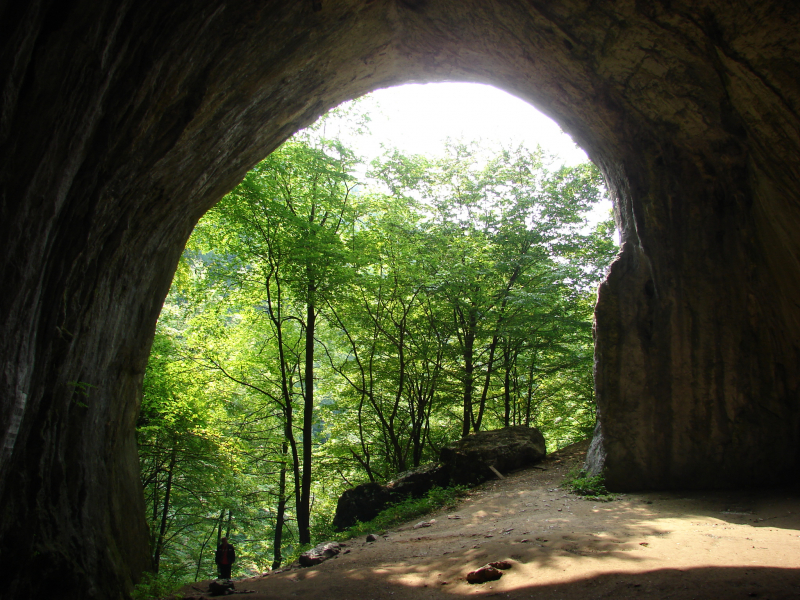
https://commons.wikimedia.org/ 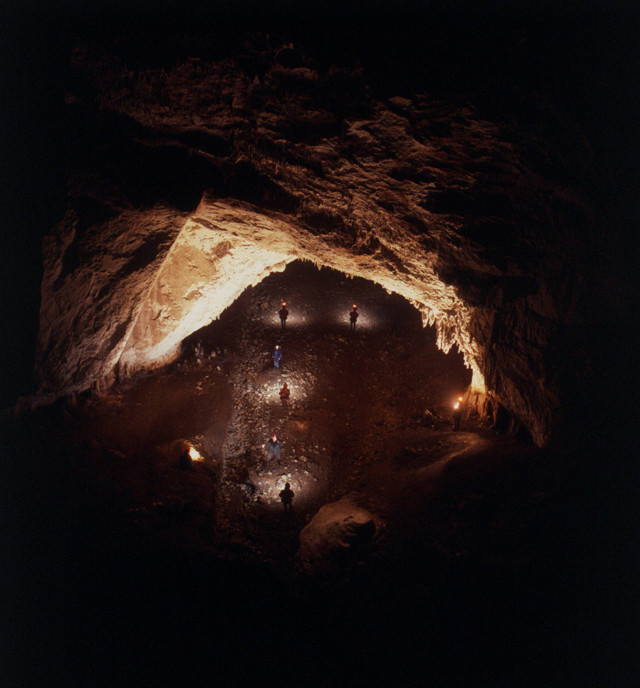
https://www.imperialtransilvania.com/ -
The Women's Cave is the first electrified cave in Romania, located in the Baia de Fier hamlet in Gorj County. It is also confirmed as one of the most beautiful caves in Romania. The term stems from the fact that women and children used to hide inside during wars and other times of necessity. However, research has found human and animal remains dating back to the Paleolithic Age, indicating that the cave has been utilized as a shelter for inhabitants for thousands of years. Women's Cave is well known for its bat colonies as well as its stunning stalactite and stalagmite structures. Locals claim that miracles occur within the cave, and that certain areas of the cave have particular healing abilities.
The first recorded record of the Woman Cave appears to date from 1870, when it was mentioned in an archaeological questionnaire by the archaeologist Al. Odobescu. Since then, more than a century of investigation has yielded a wealth of scientific and documentary evidence attesting to key archaeological, paleontological, geomorphologic, biospelaeological, and mineralogical discoveries. Over 95 percent of the cave galleries' total length of 3,566 meters is made up of them. The entire system of galleries runs north-south along the rift that allowed the Galbenul River to carve them out of the rocks.
The cave has three entrances: one on the north, one on the east, and one on the south. The waters of the former underground stream that originally flowed through the northern slope have resurfaced at the last two exits. The underground path of the Galbenul stream has already been abandoned, and the karstification process is currently sustained solely by percolation fluids delivered by rainfall or snow melt.
Address: Baia de Fier, Gorj, Romania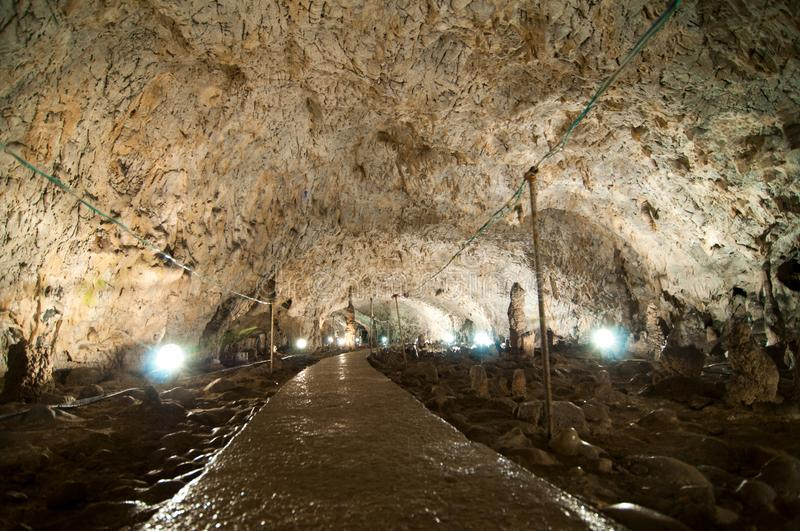
https://www.dreamstime.com/ 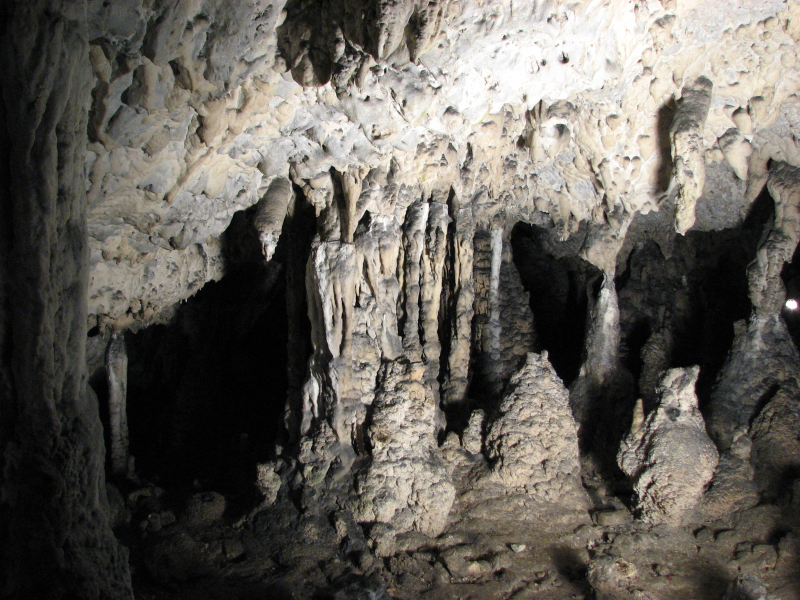
https://en.wikipedia.org/ -
Scărișoara is one of the most well-known sights in the Apuseni Mountains, and it is home to the world's largest subsurface glacier, according to numerous scientists. This is also one of the most beautiful caves in Romania. The cave's entrance, which consists of a 30-meter steep ladder down into the cave, is just as magnificent as the cave itself.
It was first mentioned in 1863 by Austrian geographer Arnold Schmidl, who made some observations and created the first map of the cave. It was later explored between 1921 and 1923 by Romanian scientist and speleologist Emil Racoviță, who wrote about it and its origins in his 1927 book Speologia (Speleology). The ice cave was constructed 3,500 years ago, when these mountains were covered in snow and ice, during the glaciations. The precise date when people initially discovered the cave is uncertain.
The cave tour itself isn't long, but once you see the stunning glacial stalactites and stalagmites, you will be blown away. Scarisoara is the ideal destination for a short winter getaway in the middle of summer because the temperature within the cave never exceeds 1°C, even on the warmest summer days.Length: 720 m
Address: Comuna Garda de Sus sat Ghetar, Gârda de Sus 517321, Romania
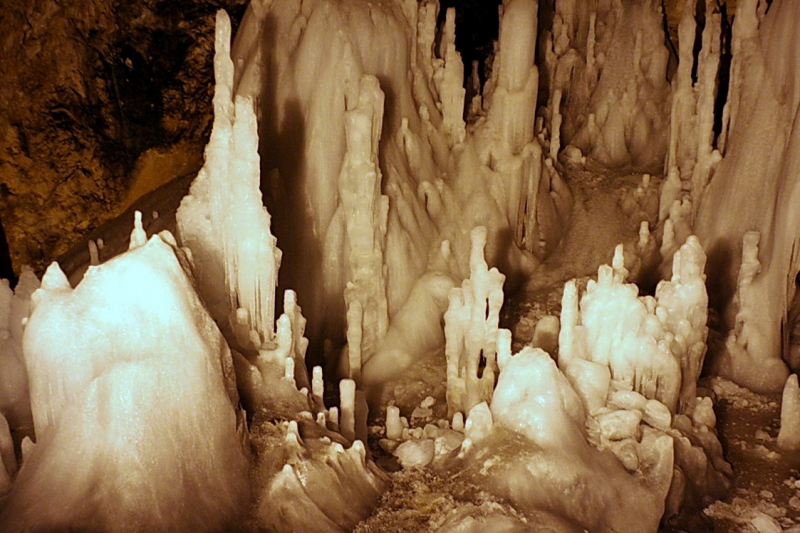
https://en.wikipedia.org/ 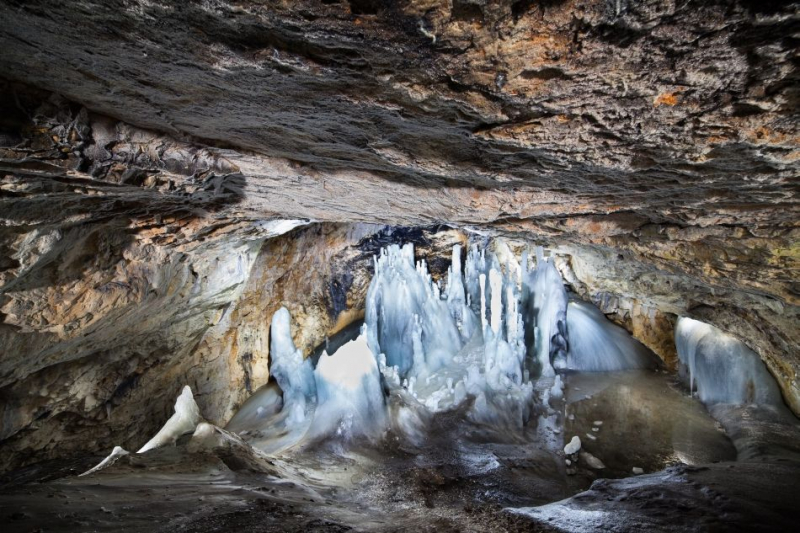
https://www.romaniajournal.ro/ -
Valea Cetăţii (Fundata) Cave is located on the western side of the Postavaru Mountain, 3.5 kilometers from Râşnov, 1.5 kilometers from Râşnov Citadel, and at an elevation of 790 meters. Its rank as one of the most beautiful caves in Romania. The cave is part of the Valea Cetăţii (Cave Valley) protected natural area, which was established to protect and conserve natural elements of unique ecological, scientific, and landscape value and significance, such as karst, secular trees, flora, and water losses on the Fundăţica slope. The protected natural area can be reached by car, bicycle, or foot. The cave, which is roughly 3 kilometers from Râşnov Citadel on Valley Road, was originally opened in 1949, a year after a hydraulic access was discovered after an explosion.
With a total length of around 958 meters, the cave is currently safe and well-lit for guided tours. The entrance is through a tiny tunnel that leads to the Great Hall, which has a concert playground in the middle and excellent acoustics. The cave was discovered in 1949 and charted in the early 1950s at a height of 790 meters (major entrance), however access to the interior was only possible on the belly. Recently, measures were made to allow visitors to explore it in the best possible conditions, including the construction of steps, walkways, handrails, and a lighting system in Romania's peculiar cold, which can maintain a temperature of 8-9 degrees Celsius throughout the year, cave tour is done with everyone.Although it was vandalized at some point, stalactites and stalagmites of various sizes, including a 2 m tall stalactite that overlooks the entrance to the "Great Hall" like the Borzeşti oak, welcoming the few visitors fiercely, can still be seen in the "Great Hall." The cave is 200.6 meters long and has a branching index of 4.77. The cave's dripping water is abundant, and it is placed throughout the cave's network of passageways. The amount of water varies depending on the season, however there is always some water and condensation on the cave walls owing to air contact. The Cave had an initial phase with water-filled passageways, which expanded corrosion regions, and after switching to a free-flow level, erosion shaped and vertically. A section of the cave is only accessible to skilled visitors; the entrance is located at an altitude of 825 meters and is difficult to access (only on the belly). However, if you have the right equipment, you can see the Cave in all of its glory.
Since February 2010, a company has been in charge of the Fortress Valley Cave's protected natural area. The harm to the karstic structures was fortunately stopped at this point, and the cave was built using cutting-edge technology. After a massive rehabilitation project, the cave reopened to the public in December 2010. The cave is also used for classical music events due to its amazing acoustics.
Length: 958 m
Address: Râșnov 505400, Romania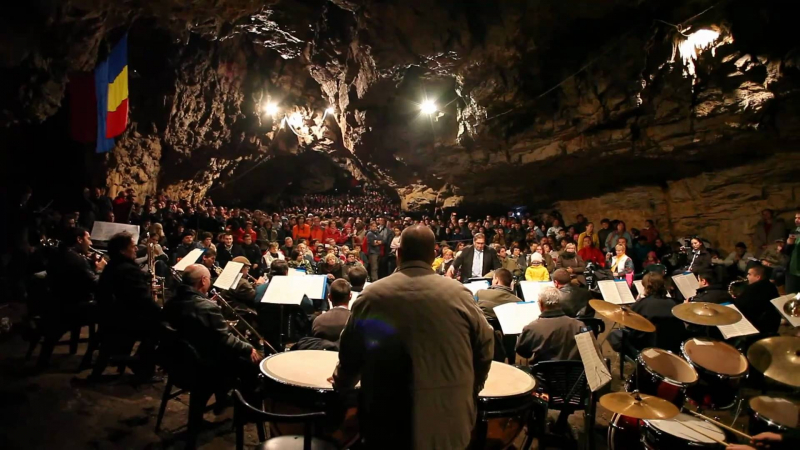
https://www.romaniajournal.ro/ 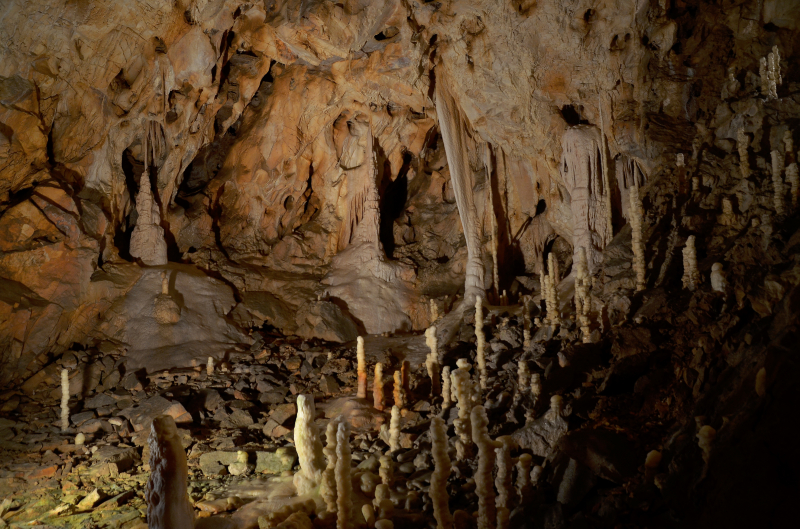
https://mydaytrip.com/ -
At 1,530 meters above sea level, the Lalomita cave is located on the right slope of the Lalomița gorges. It stretches along 480 meters, with 400 meters exposed to the public, up to the Altar Hall. It gets its name from stalactites organized in an altar configuration. The cave is open all year, however it is recommended that you dress warmly. Lalomita is one of the most beautiful caves in Romania.
The cave is divided into various rooms that are connected by tunnels. The first is 115 meters long, 15 meters broad, and 10 to 25 meters tall. A river flowed along it until 1924, with the current changing its path and running over the ground. A gallery with a length of 20 meters and a width of 1 to 8 meters is located behind the hall. There are a few more rooms after that. One of them is home to a cave bear's skeleton.
The Ialomița Monastery, built in the 16th century on the initiative of the Wallachian voivode Mihne I the Bad, stands at the entrance. The structure has been devastated by fires multiple times over the years, yet each time it has been restored.Length: 480 m
Address: Bucegi Natural Park, Aleea Peștera Ialomiței, Moroeni 137313, Romania
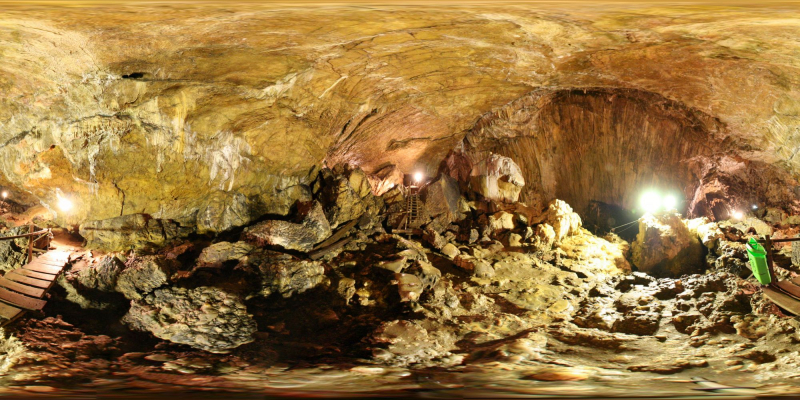
https://www.romaniajournal.ro/ 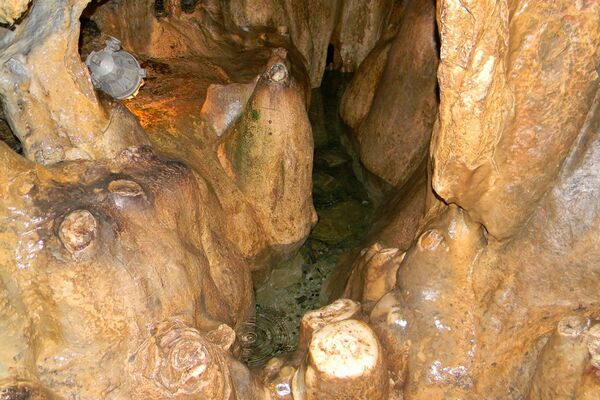
https://www.romaniajournal.ro/ -
The Dambovicioara cave, located in the Rucăr-Bran passage's carstical area, is one of our country's most important speleological areas. Dambovicioara canyon, the entry gate to Dambovicioara cave, is located in the southern portion of the Piatra Craiului Mountains and impresses with its gigantic stone walls, narrow and wild route. The cave has a constant mild humidity, predominately dry, and a temperature ranging from the 10th to the 12th century, with only one gallery of 555 meters in length.
Despite the fact that it is a little cave in comparison to other caves on Romanian territory, the Dambovicioara cave attracts a huge number of tourists each year due to its unique position and shape. It is thought to be at least 300.000 years old, and it was used as a hideaway for two legendary outlaws, Fulga and Budac, during World War I. These two got famous for robbing the wealthy and giving their money to the poor.
The waters of the stream that bears the same name carved out the cave. It is worth mentioning, however, that it is now referred to as a dry cave. This indicates that the stream that gave birth to it has shifted its course and is now running in a new direction. There are less limestone forms here compared to other similar caves, but the temperature inside is rather high, ranging from 10 to 12 ° C.Length: 555 m
Address: Rucăr-Bran, Romania
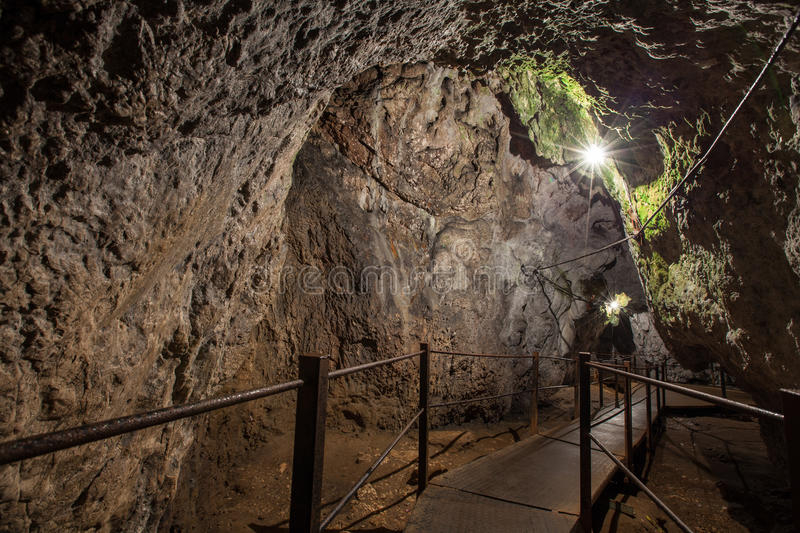
https://www.dreamstime.com/ 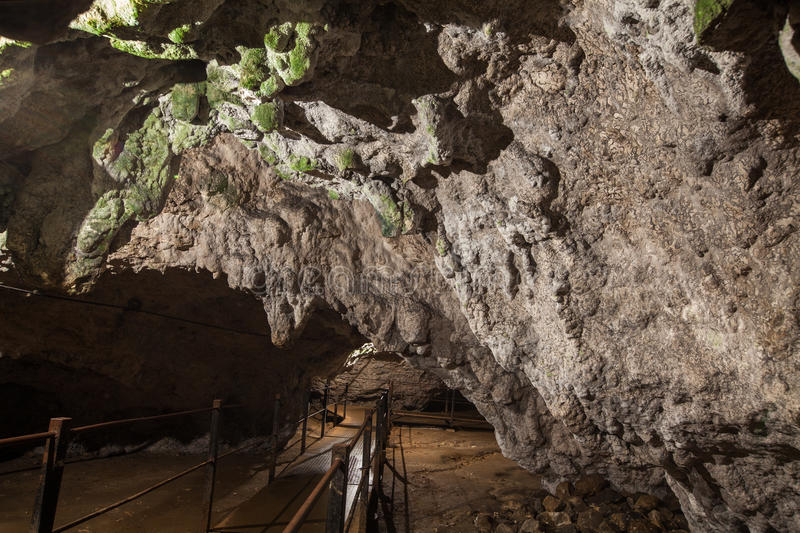
https://www.dreamstime.com/









